

Visit Florida's Sebring International Raceway in March and you'll witness an event like none other. A solo competition where a team of three drivers rely on their eight-person pit crew for victory. A long-distance race that surpasses the duration of the Indy 500 and Boston Marathon combined. A high-speed, adrenaline-surged challenge demanding more focus and accuracy than pitching a World Series no-hitter or sinking a 50-foot putt at The Masters.
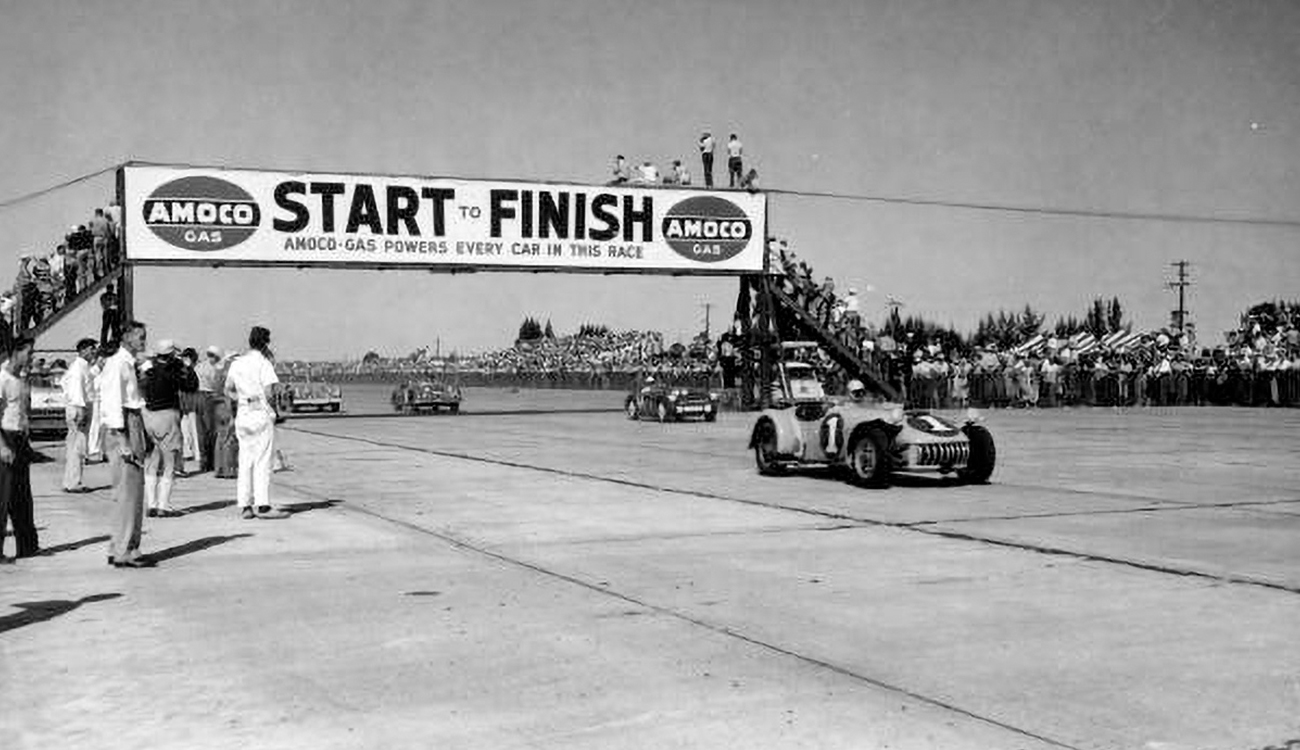
Since its inception in 1950, Twelve Hours of Sebring has been one of America's leading Grand Prix races. With more than seven decades and millions of miles behind it, a glimpse into its history reveals a story of determination, ingenuity, passion, technology, and mankind's eternal quest for victory.
In 1950, a Russian-born auto racing enthusiast returned to France to attend an event well-known to all Europeans: 24 Hours of Le Mans. The race, which he had faithfully attended before the war, rekindled a fire inside him. Dazzled by the blur of speeding race cars, affected by the passionate exuberance of the crowds, and inspired by the intense determination of the drivers, Alec Ulmann began to wonder if he could replicate what he was witnessing back home in America. If so, how would he do it?
More importantly, where would he do it?
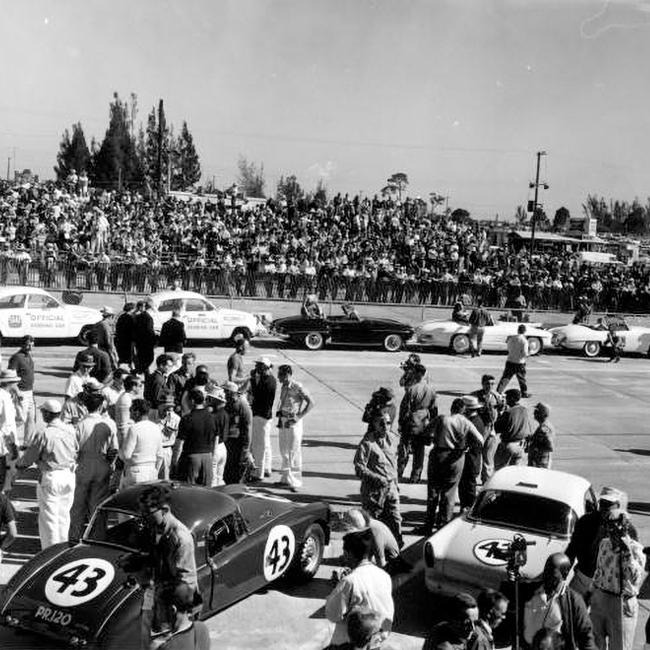
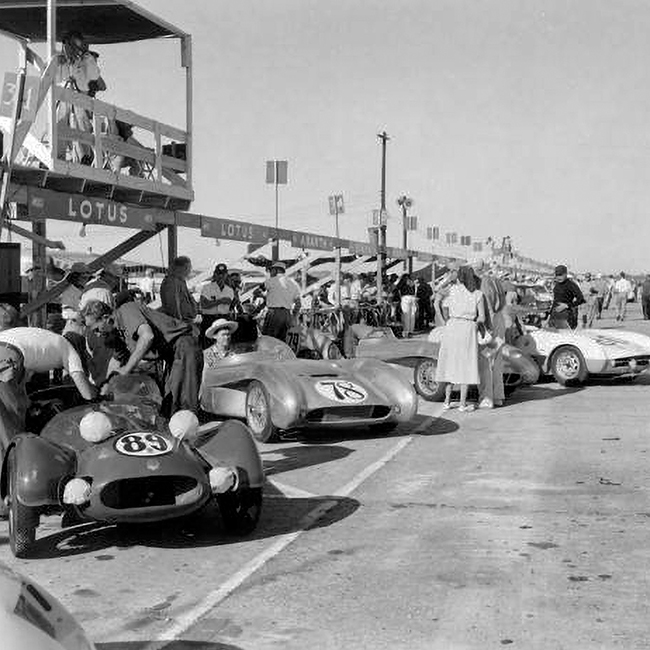
Notably, it would be Ulmann's background as an aeronautical engineer that would provide the road map. In the years after WWII, his involvement in America's military surplus industry found him searching for sites where wartime aircraft could be converted into civilian use. Driving through the rolling citrus groves of quiet Sebring, Florida, he found Hendricks Army Airfield, once used as a heavy bomber training school for B-17 Flying Fortress and B-24 Liberator pilots. Declared surplus by the government in 1946, the airfield had since been transferred to the city and was operating as the Sebring Air Terminal.
Ulmann surveyed the criss-crossed runways of the airfield and envisioned high-speed straightaways. If he were able to find enough worn tires and bales of hay, he wondered, could he use those to transform the web of adjacent service roads into a twisting loop of challenging curves?
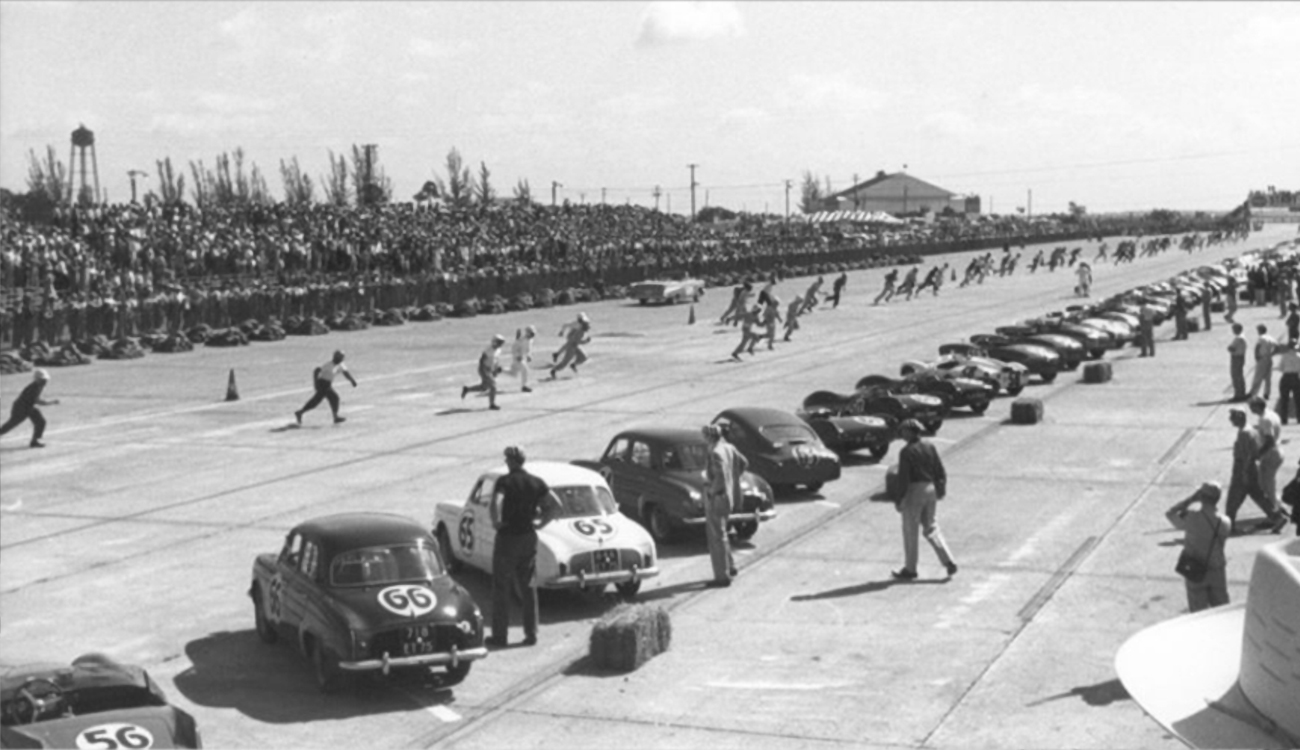
By December 31, 1950 that vision became a reality when thirty drivers dashed across the runway and jumped behind the wheel of their racers in a traditional 'Le Mans Start'. But when contrasting Ulmann's boxy 724cc, four-cylinder, cast iron Crosley Hot Shot (which had been stripped of its bumpers and was sporting a plexiglass windshield salvaged from a junked aircraft) against the parade of sleek Ferraris, Astons, and Jaguars, few spectators thought it stood a chance. But Ulmann's team understood the formulaic 'performance index,' which gave the Hot Shot a shot. Drivers Frits Koster and Ralph Deshon agreed to never leave top gear and never touch their brakes; instead, they crouched in the straights and sat up when cornering to let wind resistance slow them down. By the end of the race, the duo had won the Sam Collier Memorial Sebring Grand Prix of Endurance Six Hours.
Emboldened by the success of his premiere event, Ulmann spent the next fourteen months organizing the track's second race, the newly dubbed - and doubled in duration - Sebring 12-Hour Grand Prix of Endurance. With that, the direction of the subsequent 70 years of competition was set; one that would establish Sebring as a marquee name in the world of racing.
Year after year the race picked up speed, its reputation enhanced by some of the world's most skilled drivers; legends like A.J. Foyt, Italy's (later America's) Mario Andretti, Argentina's Juan Fangio, Britain's Sterling Moss, and Belgium's Jacky Ickx.
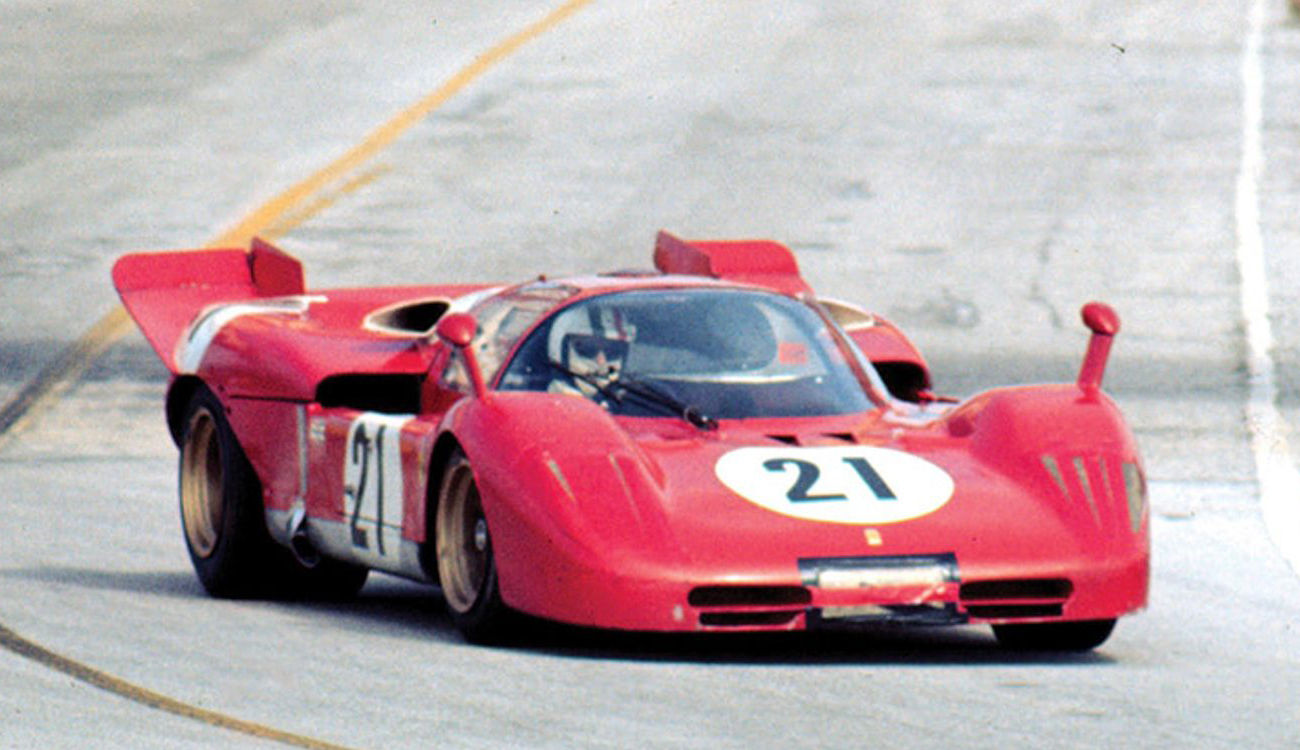
From across America and around the world, auto companies including Porsche, Audi, Peugeot, Ford, Nissan, Toyota, Jaguar, Cadillac, and Mazda learned how to stretch the technological skills of their designers and engineers as they planned, created, and constructed cars that were the fastest, most responsive, and finely tuned cars on the planet.


As the racers evolved, so did the track itself. Over the following decades the raceway was transformed in both design and diversity. In the wake of a tragic accident in 1966, changes were made to the 5.2-mile track's configuration to improve driver and spectator safety as sections were lengthened and widened. Further adjustments were made to the circuit in the 1980s as the track was modified to incorporate adjacent runways, followed in 1991 by the airport's expansion, which allowed the track to be utilized without interfering with flight operations. It was that configuration that remains the most recognizable layout of the Sebring International Raceway.
Since its inception, fans gathering at the track (some arriving up to three months early to get the best view of Twelve Hours of Sebring) have remained in awe as the high-tech, high-torque, high-octane competition pushes engines, transmissions, tires, brakes, human endurance, and the laws of physics to their limits. They come to watch an international assemblage of racing superstars like Jordan Taylor, Pipo Derani, Loïc Duval, Nicolas Lapierre, and Nee Jani speed by in futuristic vehicles that would have been viewed by Alec Ulmann as mere science fantasy.
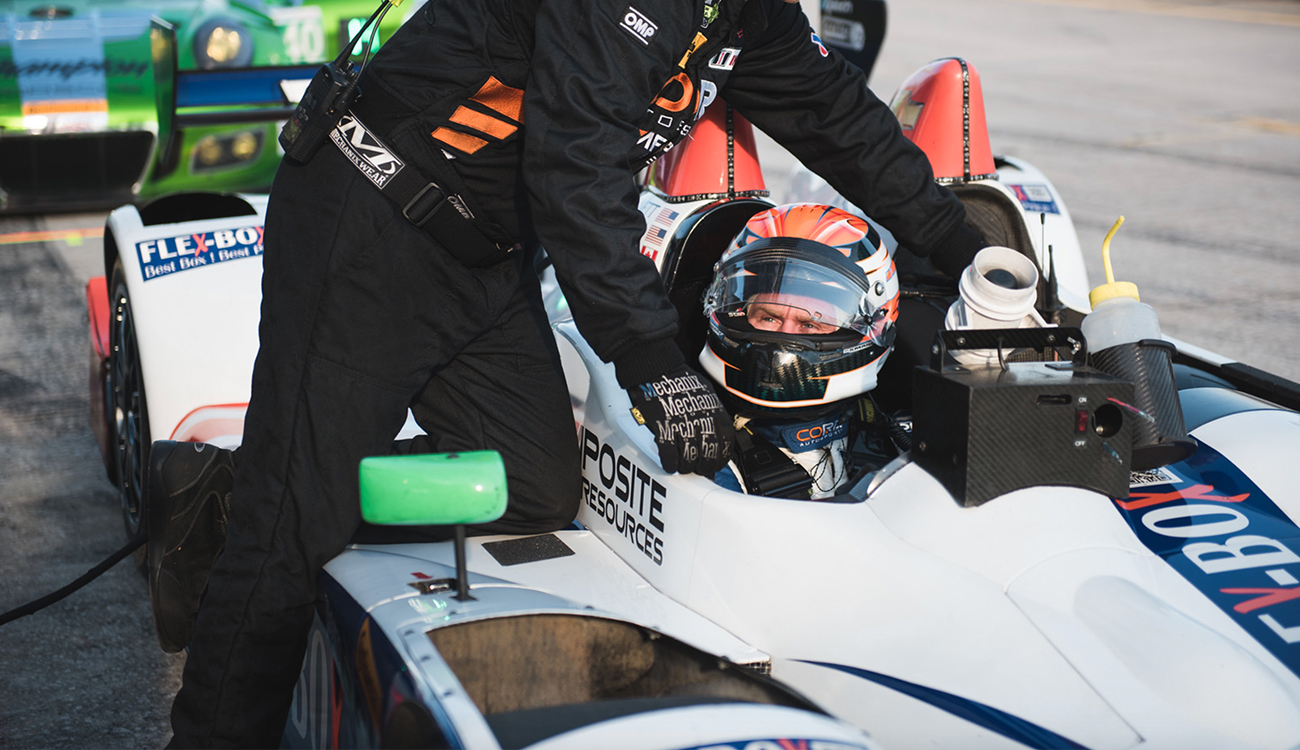
The race that USA Today named the top motorsports race in America has traveled into the world of virtual reality with the iconic configuration of Sebring International Raceway being featured in more than a dozen video racing games. Thanks to seven decades of compounding interest, SIR has evolved from hosting one event a year to an average of 175 events annually, a calendar that keeps the rubber on the road 300 days a year. Additionally, the multitude of events hosted by associations such as the World Racing League, US Drift Circuit, Historic Sports Car Racing, and legendary Formula One series finds more than 400,000 drivers, engineers, and crew members calling Sebring home for at least a few days each year.
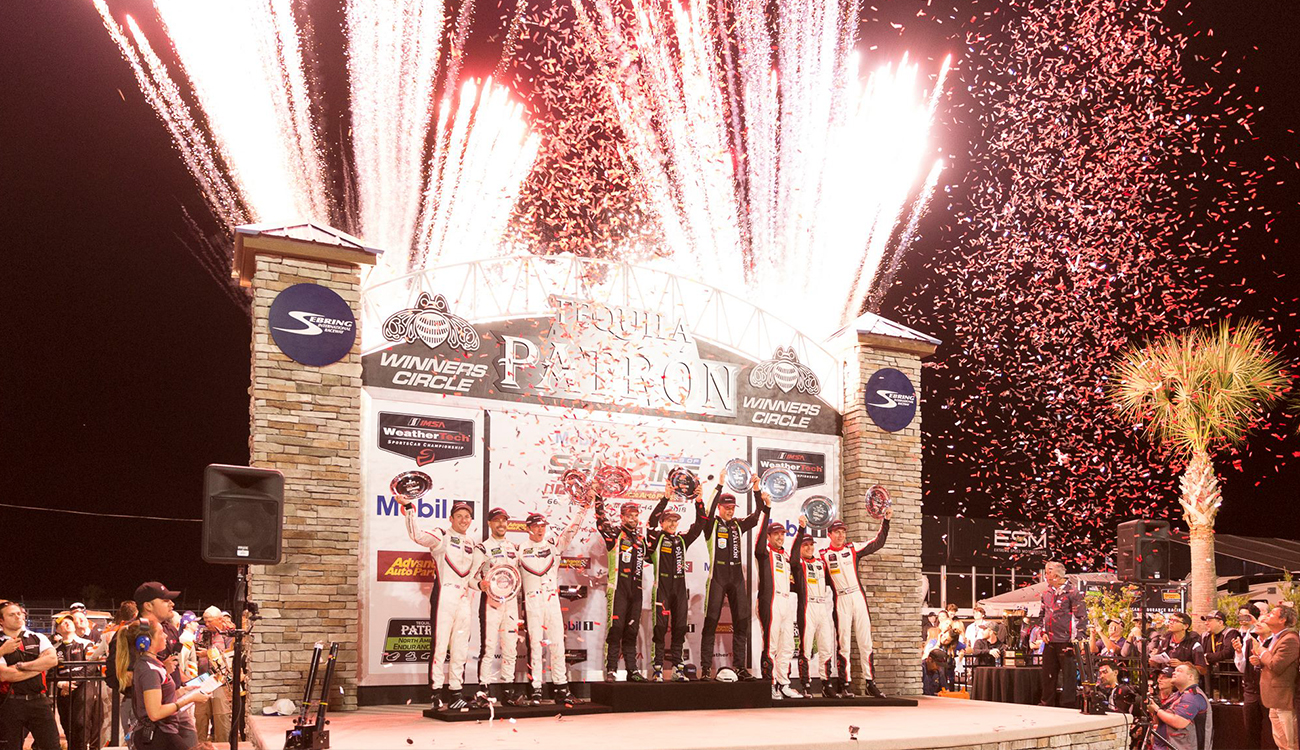
So powerful is its presence that Sebring, the raceway, is now synonymous with Sebring, the city. From a peaceful citrus town tucked into one of Florida's quietest regions, the community grew in tandem with the track. More than a local attraction, more than a statewide attraction, Sebring has evolved into an international event. The influx of race fans from around the world has led to the creation of hotels, fantastic local dining, world-class golf courses, and three thriving downtown districts that feature sidewalk cafes, bookstores and boutiques. The burgeoning cultural scene now includes family entertainment at the Highlands Lakeside Theatre and the Children's Museum of the Highlands. Visitors are also flocking to explore nature and expanding outdoor recreation at parks such as Highlands Hammock State Park.
So whether you're talking about the track or the town, either Sebring can be defined by a single term...